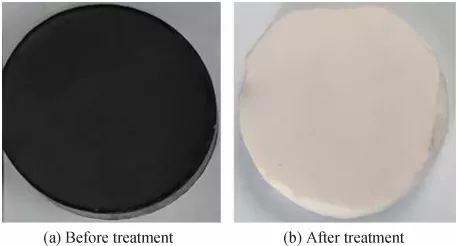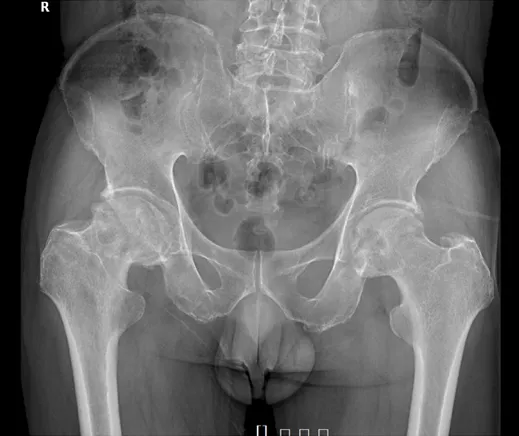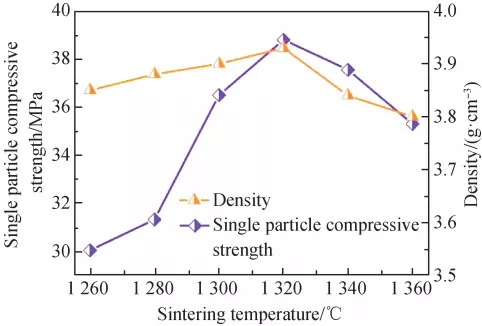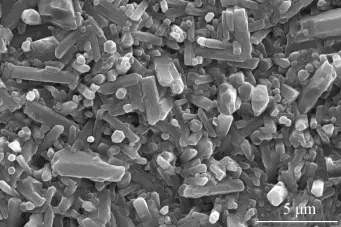Abstract: To improve the ferroelectric photovoltaic characteristic of bismuth sodium titanate-based lead-free ceramics. The B-site Mo-doped Na0.5Bi0.5(Ti1-xMox)O3 (BNT-Mox, the value of x is 0 to 0.02) lead-free ferroelectric ceramic was synthesized by the conventional solid state reaction method. The optical band gap of the ceramic was researched by XRD, Raman spectroscopy, absorption spectroscopy, combining the calculations based on first-principles density functional theory (DFT). The experiment results show that with the increase of the content, the optical band gap decreases firstly and then increases. The minimum value of band gap is 2.33 eV when x=1% and the maximum value of light absorption intensity is 69%. The DFT calculation results of the band structure and density of states show that the band gap is shifted from indirect to direct mode by the Mo 4d orbit after the Mo doped, and led to the decrease of band gap. There is a competitive relationship between the impurity energy level caused by Mo doping and the Moss-Bolstein effect in band gap regulation, which could control the band structure of BNT effectively.
Key words: sodium bismuth titanate, first-principles, optical band gap, band structure, density of state
Declaration: This article is provided by CERADIR™ users or obtained from Internet, the content does not represent the position of CERADIR™. We are not responsible for the authenticity/accuracy of the article, especially the effects of the products concerned. This article is for study only, it does not constitute any investment or application advice. For reprinting, please contact the original author. If it involves the copyright and/or other issues, please contact us and we will deal with it asap! CERADIR™ has the interpretation of this declaration.







